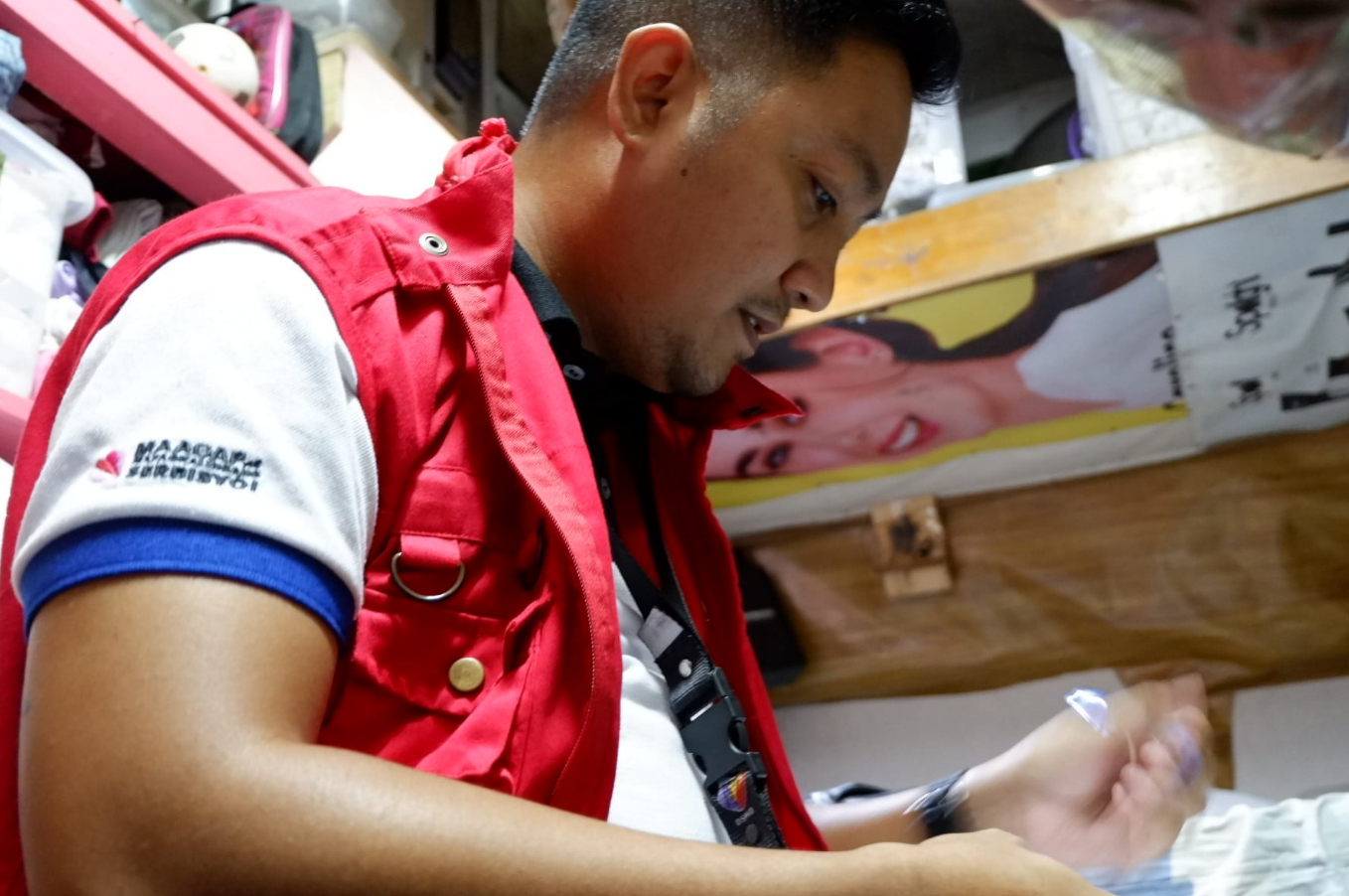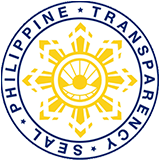In order to assess the households which were not found during the previous rounds of special assessment, for reasons such as but not limited to unlocated, transferred residence within and outside the National Capital Region, vacant housing units, no qualified respondents, among others. The Department of Social Welfare and Development (DSWD) – NCR will saturate the 23,272 households of Pantawid Pamilyang Pilipino Program (4Ps) beneficiaries through the National Household Targeting Section (NHTS) in Metro Manila.
Based on Executive Order 867, the department through the National Household Targeting Office (NHTO) is mandated to conduct household assessments every four (4) years to maintain its data integrity in maximizing the potential and support identified by the National and Local Government Units.
Meanwhile, Pantawid Pamilyang Pilipino Program – Regional Program Management Office provides guidance on the 3rd Round of Special Assessment for households which were found unassessed in Listahanan 3 through the prioritization category, to wit:
- Priority 1 – households which are currently active in the program
- Priority 2 – households which are currently tagged as inactive in the Pantawid Pamilya Information System (PPIS)
- Priority 3 – households which are currently tagged as delisted due to aging inactivity in the PPIS
In addition, the Project Development Officer IV / Head, Ms. Mary Noemi C. Corales of the National Household Targeting Section extends her appreciation to the office and field staff for the dedication and perseverance to saturate the households despite unfavorable weather conditions.
“While we are in the preparatory activities for the 3rd Round of Special Assessment which is expected to commence on July 2024, we ensure that the section is exhausting its efforts for the completeness and accuracy of this validation activity.” said Ms. Corales.
Listahanan is an information management system that aims to identify who and where poor households are located in the country. It also serves as a socio-economic database of the Department for identifying potential beneficiaries of the programs and services within and for the different National Government Agencies (NGAs) and other stakeholders.





